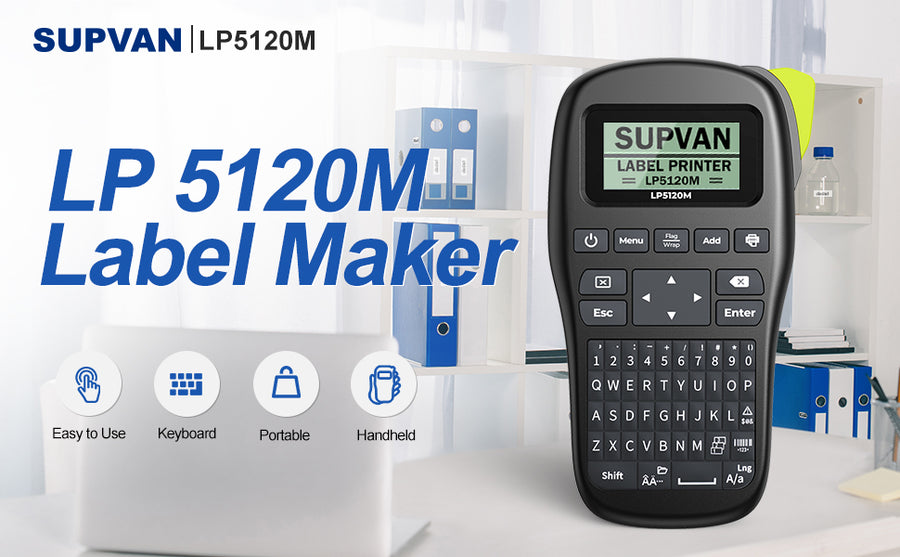Thermal label printers use a thermal printing technology that uses heat to create an image on a special type of paper called thermal paper. Thermal label printers offer a cost-effective and efficient way to print labels, receipts, and other types of media using thermal paper. The technology is reliable and easy to use, and the range of available options allows for customization to suit specific applications.

Thermal label printers are commonly used in various industries such as logistics, healthcare, retail, and manufacturing. They offer several advantages over other types of printers, such as speed, cost-effectiveness, and convenience. There are two types of thermal label printers: direct thermal printers and thermal transfer printers.

Direct thermal printers
Direct thermal printers use a heating element to burn an image directly onto the label paper. The paper has a chemical coating that reacts to heat, producing an image without the need for ink or toner. When the print head comes into contact with the label, it activates the heat-sensitive layer and creates a print. Direct thermal labels do not require a ribbon, which makes them a cost-effective option for businesses that print a high volume of labels. Direct thermal printers are typically used for printing labels that have a short shelf life, such as shipping labels, receipts, and tickets.

Shipping labels printed with thermal printers are commonly used by businesses that ship a high volume of packages, such as e-commerce stores, retailers, and logistics companies. The labels can be printed on a variety of label materials
Thermal transfer printers
Thermal transfer printers use a ribbon that is coated with ink or wax. The ribbon is heated and the ink or wax is transferred onto the label paper, creating the image. Unlike direct thermal printers, which print directly onto the media, thermal transfer printers use a ribbon to transfer the ink. This makes them more versatile and able to print on a wider range of materials, including synthetic materials, labels, and tags. Thermal transfer printers are typically used for printing labels that have a longer shelf life, such as product labels and asset tags

Thermal transfer printers work by heating up the printhead, which then melts the ink on the ribbon, causing it to transfer to the media. The ribbon is typically made of polyester or nylon and is coated with a layer of ink or wax that melts under heat. As the printhead moves across the media, it presses the ribbon against the paper or other material, transferring the ink onto the surface.
Thermal transfer printers are commonly used in industries such as manufacturing, retail, and healthcare, where they are used for printing labels, barcodes, and tags. They are also used in the production of product packaging, as well as in the printing of receipts and tickets. Thermal transfer printers offer several advantages over other types of printers, including high print quality, and long-lasting prints that resist fading and smudging. However, they also require the use of a ribbon, which adds to the cost of printing, and they can be slower than other types of printers.
Summary
In both types of thermal label printer, the paper or label is fed through the printer and the heating element or ribbon applies heat to the areas that need to be printed. The printer driver controls the amount of heat applied and the timing of the heat pulses to create the desired image on the label. The label is then cut and dispensed by the printer.







Leave a comment